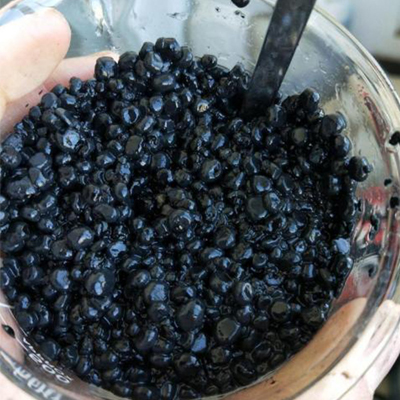The Role of Microorganisms in Wastewater Treatment
If left untreated, wastewater can be harmful to the environment. That's because human and pet waste is a source of several waterborne diseases and bacterial contamination.
If left untreated, wastewater can be harmful to the environment. That's because human and pet waste is a source of several waterborne diseases and bacterial contamination. Thanks in part to microorganisms, treatment of wastewater and sewage is possible. The role of microorganisms in wastewater treatment helps to treat and purify wastewater so that it is less harmful to the environment.
While many different microorganisms are used in wastewater treatment, there are three well known types of microorganisms that play an important role in keeping wastewater clean. Each of these types of bacteria helps the treatment process in a unique way to ensure little to no impact on the surrounding environment.
This is a list of bacteria used in wastewater treatment that you can refer to.
Anaerobic Granular Sludge
Aerobic Bacteria
Aerobic bacteria are mainly used in new treatment plants in what is called an aerated environment. This type of bacteria uses free oxygen in the water to degrade pollutants in the wastewater and then converts it into energy that can be used for growth and reproduction.
In order to properly use this type of bacteria, it must mechanically add oxygen. This will ensure that the bacteria can do their job correctly and continue to grow and reproduce on their food source.
Anaerobic bacteria
Anaerobic bacteria is commonly used in wastewater treatment. The main role of these bacteria in wastewater treatment is to reduce the volume of sludge and produce methane gas from it.
The benefit of this bacteria and the reason why it is used more frequently than aerobic bacteria is that methane gas can be used as an alternative energy source if cleaned and treated properly. This is a huge benefit considering the already high level of energy consumption for wastewater treatment.
Unlike aerobic bacteria, this type of bacteria is able to get enough oxygen from its food source and does not require added oxygen to help do its job. The removal of phosphorus from wastewater is another benefit of anaerobic microorganisms used in wastewater treatment.
Anaerobic granular sludge is an aggregate of high-activity anaerobic bacteria formed in Treatment of organic wastewater. As a microecosystem, it is rich in various anaerobic microbial populations and have Self-balancing performance and can degrade Various organic pollutants in the original wastewater. It is used to start-up the anaerobic reactor in high concentration organic wastewater treatment system. Anaerobic granule sludge is a form of microbial immobilization, slightly heavier than water, with good settling performance and Methanogenic activity.

Anaerobic Granular Sludge
Parthenogenic
Parthenogenic microorganisms in wastewater treatment are bacteria that can vary between aerobic and anaerobic depending on the environment they are in. Note that these bacteria usually prefer to be in aerobic conditions.
Final thoughts on the role of microorganisms in water treatment
Many industrial and municipal wastewater treatment plants use bacteria and other microorganisms to help clean wastewater. Choosing the right bacteria can be tricky, as your choice depends on the conditions of effective use in your area. Wastewater treatment can also provide an important source of alternative energy if anaerobic bacteria are treated correctly.
Understanding the names of the microorganisms used in wastewater treatment and the role of bacteria in wastewater treatment is not necessarily a separate task. Consider Xingzhong's water treatment solutions to learn more about the role of microbes in water treatment and how microbes help keep water healthy during wastewater treatment.
Contact us today to learn more about Anaerobic granular sludge.